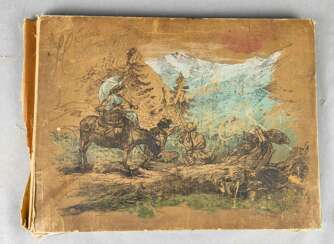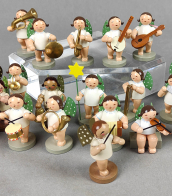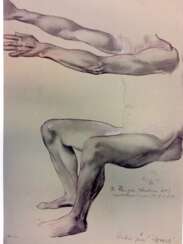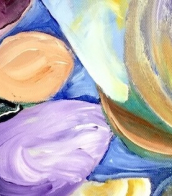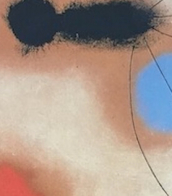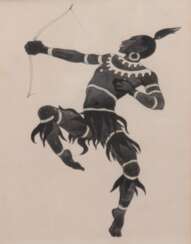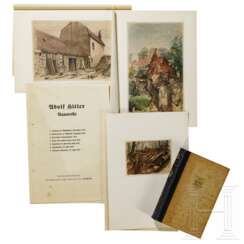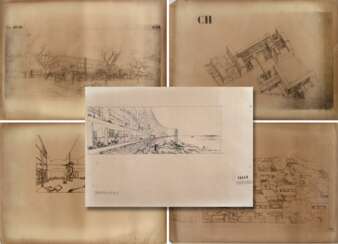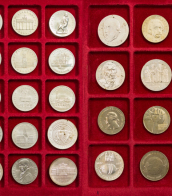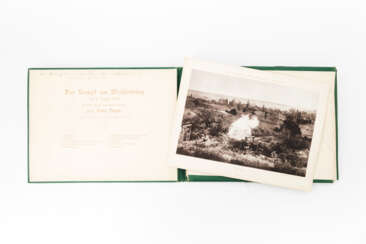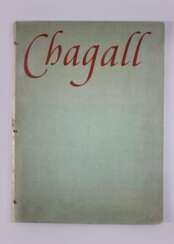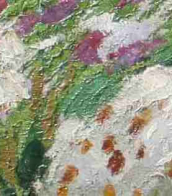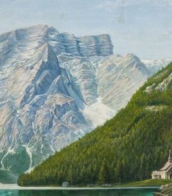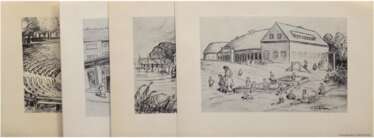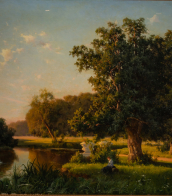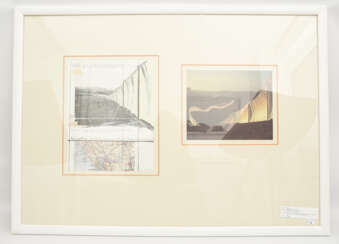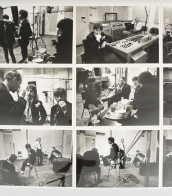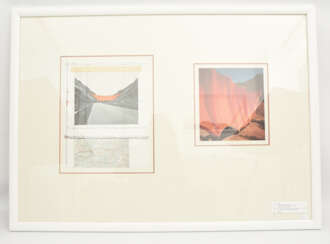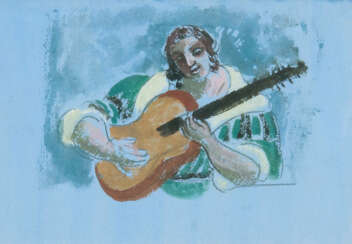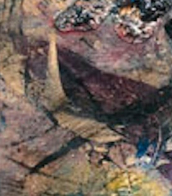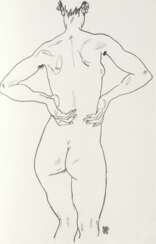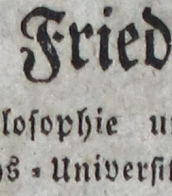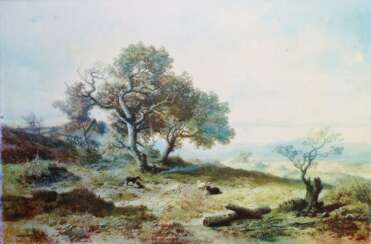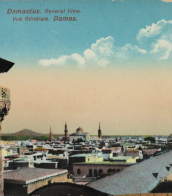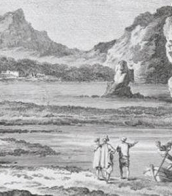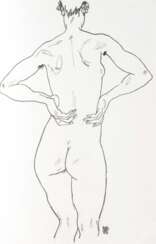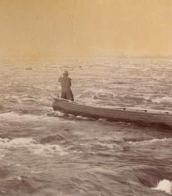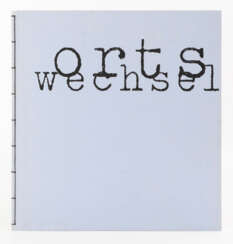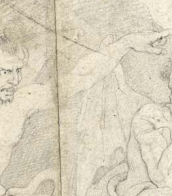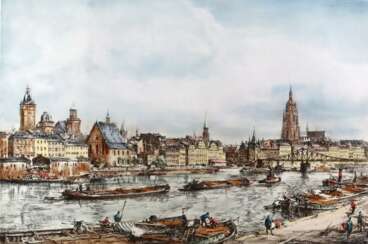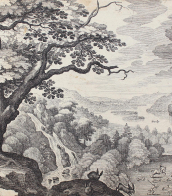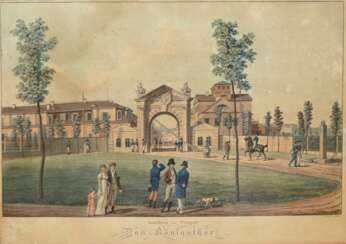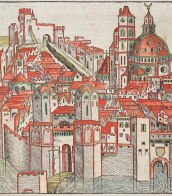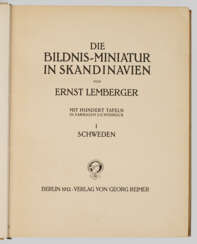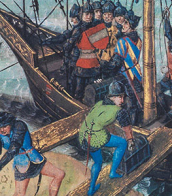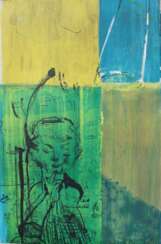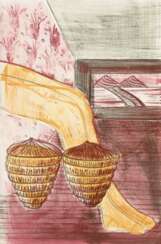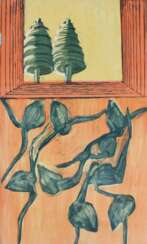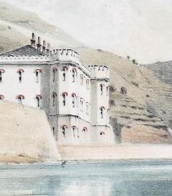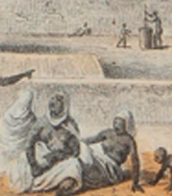lichtdruck
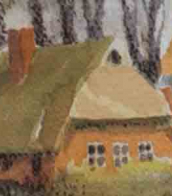
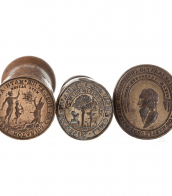

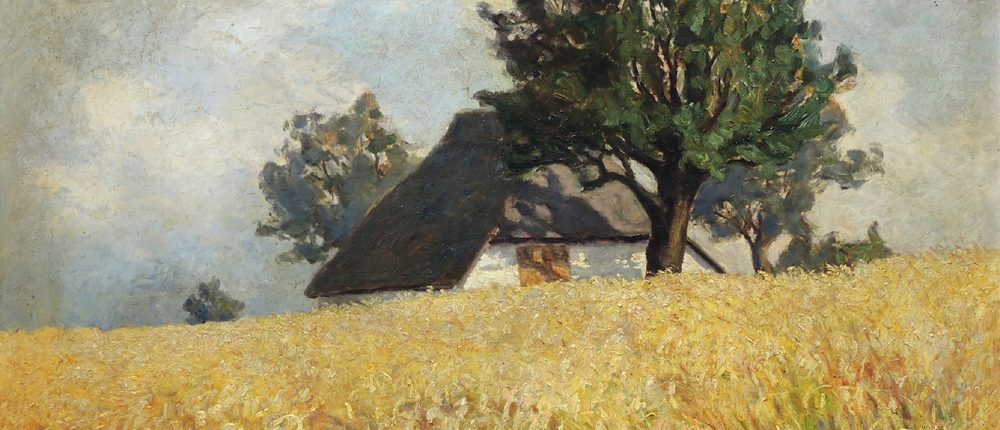
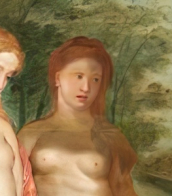
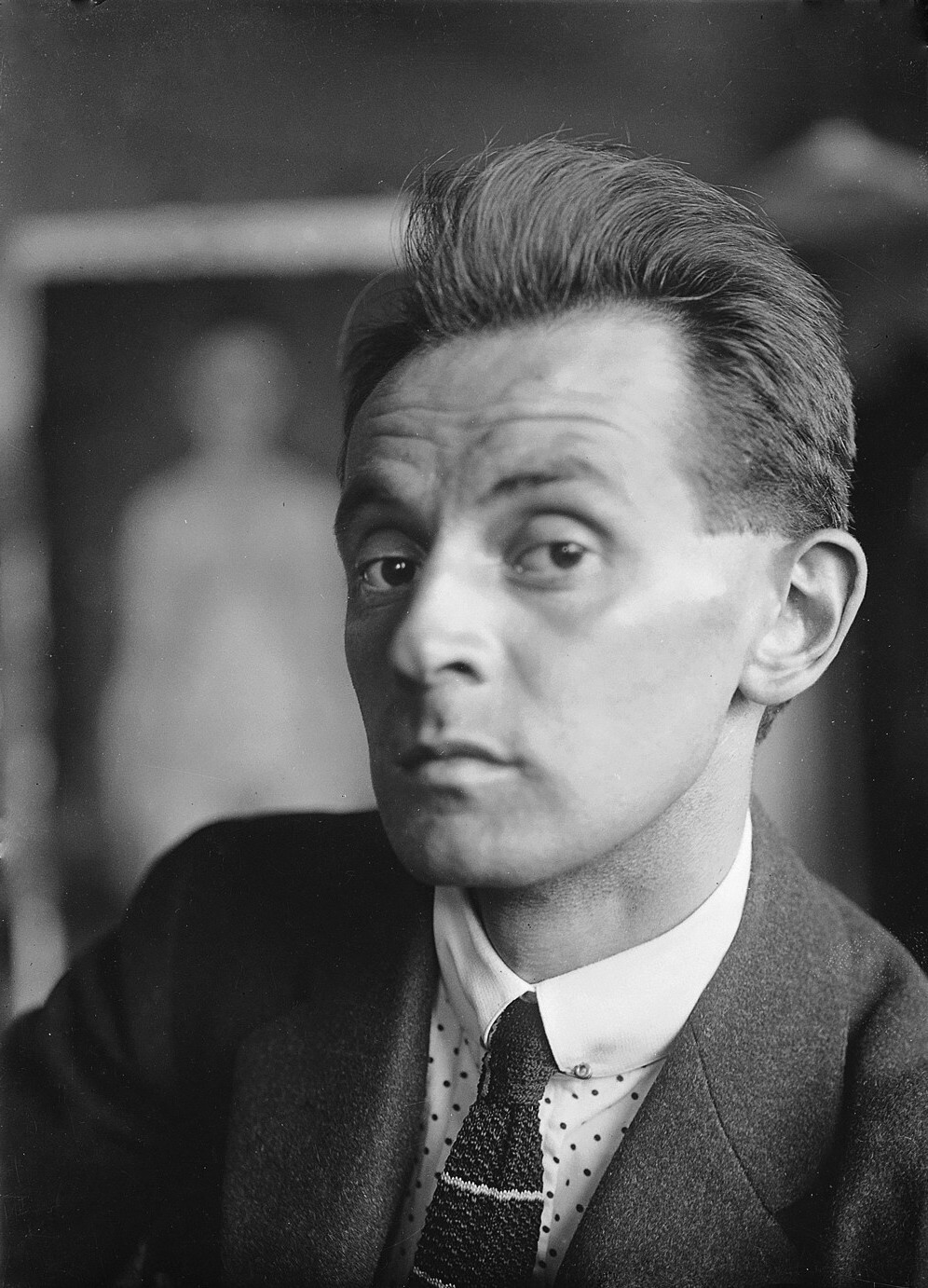
Egon Leo Adolf Ludwig Schiele, an Austrian Expressionist painter, is a figure whose work stands out for its raw intensity and exploration of sexuality, including a remarkable series of self-portraits that often featured nudity. Born in 1890 in Tulln, Lower Austria, Schiele's early life was marked by a fascination with trains and a troubled relationship with his family, especially following his father's death from syphilis when Schiele was just 15 years old. This event propelled him into the care of his uncle, who recognized Schiele's artistic talent despite his lack of interest in traditional academia, leading to Schiele's education at the Vienna Academy of Fine Arts.
Schiele's artistic journey was deeply influenced by his mentor Gustav Klimt, who introduced him to the Vienna Secession and the Wiener Werkstätte, enriching his art with elements of Art Nouveau and paving the way for his distinct style that evolved beyond the influence of his mentor. Schiele's art, characterized by its emotional and sexual honesty, utilized figural distortion to challenge conventional ideals of beauty, making his work groundbreaking for its time.
Throughout his career, Schiele focused on self-portraiture, the human body, and sexuality, often leading to controversy due to the explicit nature of his work. Despite his brief life, cut short by the Spanish flu in 1918 at the age of 28, Schiele's body of work left a lasting impact on the art world. His contributions are celebrated in numerous museums and galleries worldwide, with the Leopold Museum in Vienna housing the most extensive collection of his works, featuring over 43 paintings and 200 watercolors, drawings, and prints. Schiele's work remains influential, offering a stark, introspective look into the human condition and the existential crises of his time.
For collectors and experts in art and antiques, Schiele's work offers a profound exploration of expressionism, culture, and the avant-garde movements of early 20th-century Europe. His legacy is a testament to the power of art to challenge societal norms and to explore the depths of human emotion and sexuality.
To stay informed about new sales, auctions, and exhibitions related to Egon Leo Adolf Ludwig Schiele, consider signing up for updates. This subscription will ensure you're the first to know about opportunities to acquire pieces by this groundbreaking artist, enriching your collection with works that capture the essence of Viennese Modernism.
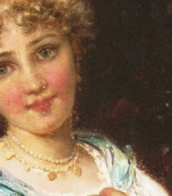

Egon Leo Adolf Ludwig Schiele, an Austrian Expressionist painter, is a figure whose work stands out for its raw intensity and exploration of sexuality, including a remarkable series of self-portraits that often featured nudity. Born in 1890 in Tulln, Lower Austria, Schiele's early life was marked by a fascination with trains and a troubled relationship with his family, especially following his father's death from syphilis when Schiele was just 15 years old. This event propelled him into the care of his uncle, who recognized Schiele's artistic talent despite his lack of interest in traditional academia, leading to Schiele's education at the Vienna Academy of Fine Arts.
Schiele's artistic journey was deeply influenced by his mentor Gustav Klimt, who introduced him to the Vienna Secession and the Wiener Werkstätte, enriching his art with elements of Art Nouveau and paving the way for his distinct style that evolved beyond the influence of his mentor. Schiele's art, characterized by its emotional and sexual honesty, utilized figural distortion to challenge conventional ideals of beauty, making his work groundbreaking for its time.
Throughout his career, Schiele focused on self-portraiture, the human body, and sexuality, often leading to controversy due to the explicit nature of his work. Despite his brief life, cut short by the Spanish flu in 1918 at the age of 28, Schiele's body of work left a lasting impact on the art world. His contributions are celebrated in numerous museums and galleries worldwide, with the Leopold Museum in Vienna housing the most extensive collection of his works, featuring over 43 paintings and 200 watercolors, drawings, and prints. Schiele's work remains influential, offering a stark, introspective look into the human condition and the existential crises of his time.
For collectors and experts in art and antiques, Schiele's work offers a profound exploration of expressionism, culture, and the avant-garde movements of early 20th-century Europe. His legacy is a testament to the power of art to challenge societal norms and to explore the depths of human emotion and sexuality.
To stay informed about new sales, auctions, and exhibitions related to Egon Leo Adolf Ludwig Schiele, consider signing up for updates. This subscription will ensure you're the first to know about opportunities to acquire pieces by this groundbreaking artist, enriching your collection with works that capture the essence of Viennese Modernism.
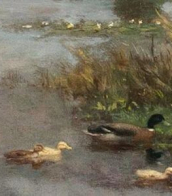
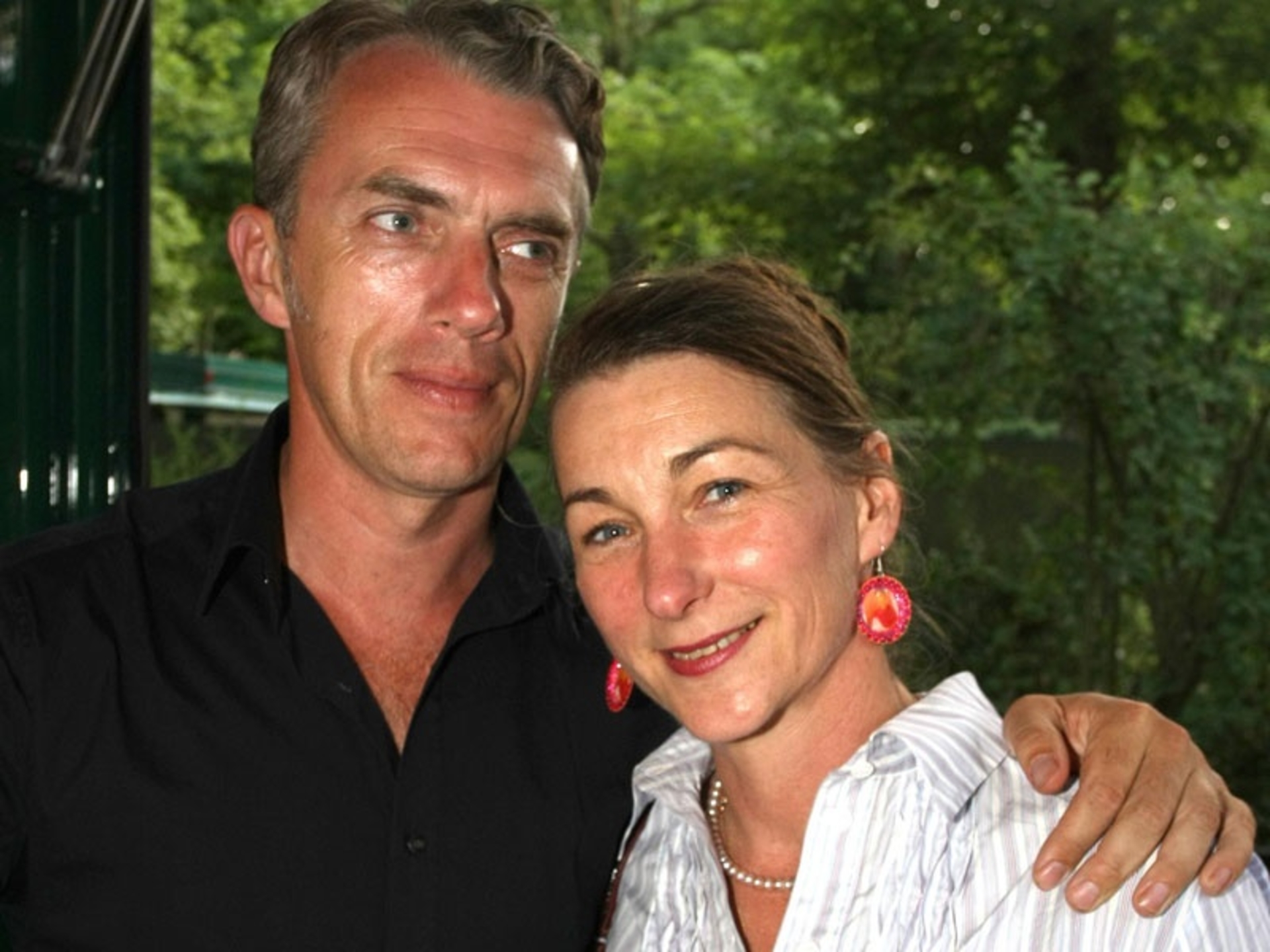
Rosa Loy is a German artist, representative of the "New Leipzig School of Painting", living and working in Leipzig.
She was educated at Humboldt University in Berlin and studied at the Academy of Visual Arts in Leipzig. Rosa Loy is one of the few artists in Germany working with a new femininity in the style of New Romanticism. Her characters live in a world of fantasy, dreams and folklore, in colorful surreal and symbolic settings.
Loy boldly combines femininity and beauty in her figurative paintings. Her work also reflects her relationship with her husband Neo Rauch. Together they are internationally known as a successful creative couple. They both have their own independent works, which are nevertheless influenced by each other and can successfully combine the forces of masculinity and femininity.
Rosa Loy works in casein on canvas and paper and is also proficient in a variety of graphic techniques. She has participated in numerous exhibitions of Leipzig artists in international art museums. In addition, her work is included in the collections of major art institutions and organizations such as the Museum of Modern Art, New York, the Museum of Contemporary Art, Los Angeles, and the Deutsche Bank Collection.
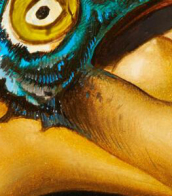

Rosa Loy is a German artist, representative of the "New Leipzig School of Painting", living and working in Leipzig.
She was educated at Humboldt University in Berlin and studied at the Academy of Visual Arts in Leipzig. Rosa Loy is one of the few artists in Germany working with a new femininity in the style of New Romanticism. Her characters live in a world of fantasy, dreams and folklore, in colorful surreal and symbolic settings.
Loy boldly combines femininity and beauty in her figurative paintings. Her work also reflects her relationship with her husband Neo Rauch. Together they are internationally known as a successful creative couple. They both have their own independent works, which are nevertheless influenced by each other and can successfully combine the forces of masculinity and femininity.
Rosa Loy works in casein on canvas and paper and is also proficient in a variety of graphic techniques. She has participated in numerous exhibitions of Leipzig artists in international art museums. In addition, her work is included in the collections of major art institutions and organizations such as the Museum of Modern Art, New York, the Museum of Contemporary Art, Los Angeles, and the Deutsche Bank Collection.


Rosa Loy is a German artist, representative of the "New Leipzig School of Painting", living and working in Leipzig.
She was educated at Humboldt University in Berlin and studied at the Academy of Visual Arts in Leipzig. Rosa Loy is one of the few artists in Germany working with a new femininity in the style of New Romanticism. Her characters live in a world of fantasy, dreams and folklore, in colorful surreal and symbolic settings.
Loy boldly combines femininity and beauty in her figurative paintings. Her work also reflects her relationship with her husband Neo Rauch. Together they are internationally known as a successful creative couple. They both have their own independent works, which are nevertheless influenced by each other and can successfully combine the forces of masculinity and femininity.
Rosa Loy works in casein on canvas and paper and is also proficient in a variety of graphic techniques. She has participated in numerous exhibitions of Leipzig artists in international art museums. In addition, her work is included in the collections of major art institutions and organizations such as the Museum of Modern Art, New York, the Museum of Contemporary Art, Los Angeles, and the Deutsche Bank Collection.

